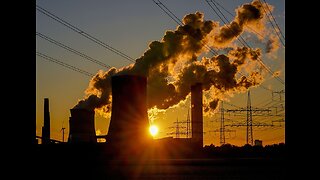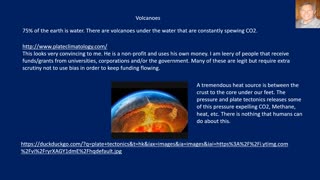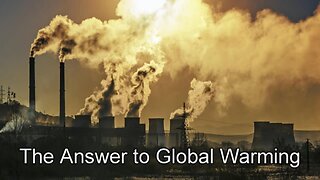. The warming of Earth — or global warming —
Absolutely right! While global warming refers specifically to the increase in Earth's average surface temperature due to human activities like burning fossil fuels, deforestation, and industrial processes, climate change encompasses a broader array of shifts in weather patterns, sea levels, and more. NASA plays a crucial role in researching and understanding these complex changes to our planet.Certainly, let's delve deeper into the concepts of global warming, climate change, and NASA's role in studying these phenomena.
Global warming and climate change are often used interchangeably, but they have distinct meanings. Global warming refers to the long-term increase in Earth's average surface temperature, primarily caused by human activities releasing greenhouse gases like carbon dioxide into the atmosphere. This leads to a warming effect that can result in various impacts such as melting glaciers, rising sea levels, and altered weather patterns.
On the other hand, climate change encompasses a broader spectrum of changes that are occurring in addition to global warming. It includes shifts in precipitation patterns, ocean currents, wind patterns, and the frequency and intensity of extreme weather events like hurricanes, droughts, and heatwaves. These changes are not limited to temperature alone but also extend to other elements of the Earth's climate system.
NASA, the National Aeronautics and Space Administration, is at the forefront of studying these interconnected phenomena. NASA's Earth Science Division conducts extensive research to understand the various components of climate change and global warming. This involves monitoring Earth's atmosphere, oceans, land, ice, and even space to gather data that helps scientists build a comprehensive picture of how the planet is changing over time.
One of NASA's most notable contributions to understanding climate change is its satellite-based observations. These satellites provide crucial data on temperature trends, ice melt, sea level rise, and greenhouse gas concentrations. This data not only helps scientists track changes but also aids in developing accurate climate models that predict future scenarios based on different levels of greenhouse gas emissions.
-
 9:36
9:36
Pepe888
1 year agoGlobal Warming
72 -
 5:30
5:30
Truthseekers17
1 year agoGlobal Warming?
15 -
 0:56
0:56
Pacman813
11 months agoGLOBAL WARMING ! ?
35 -
 0:59
0:59
STUDIES - FACTS
9 months agoGLOBAL WARMING
20 -
 54:08
54:08
What Is Truth
3 years ago $0.32 earnedGlobal Warming
1.03K -
 1:30
1:30
FlatEarther46
1 year agoNo climate warming
31 -
 1:01:22
1:01:22
Pagan's Rumble Channel
1 year agoEarth Day/Global Warming
481 -
 12:10
12:10
Kurt's Religion and Politics
3 years ago $0.03 earned20201002 Global Climate Change
2985 -
 13:30
13:30
AmericanPatriotsChannel
1 year agoThe Answer to Global Warming
15 -
 0:39
0:39
Rmarxfacs
4 months agoThe Current Rate of Global Warming
3